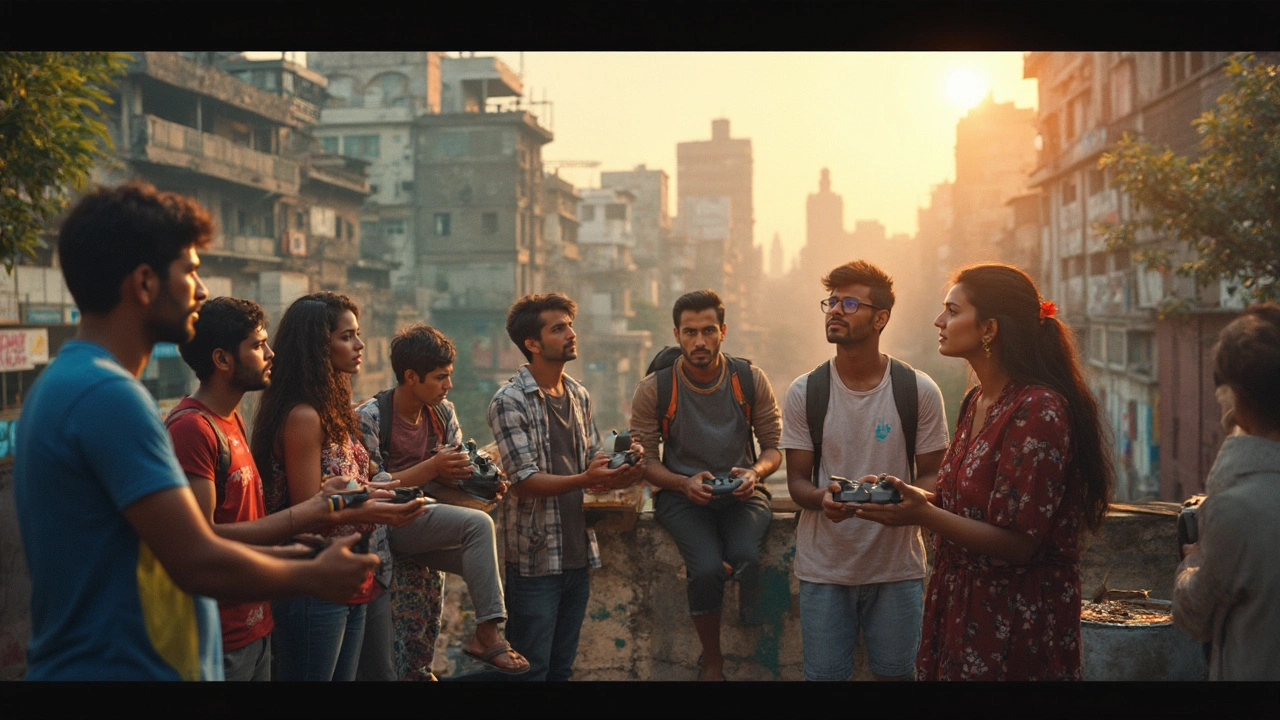Indian Drone Laws You Need to Know in 2025
Thinking about flying a drone in India? You probably have a lot of questions: Do I need a licence? Can I fly a DJI drone on a vacation? What about putting on a drone light show? The good news is that the rules are clear once you break them down. Below is a practical guide that covers the most common situations for hobbyists, pros, and event planners.
Who Needs a Drone Licence?
In India, any unmanned aircraft that weighs more than 250 grams or is used for commercial work must be registered with the DGCA (Directorate General of Civil Aviation). The process is simple:
- Sign up on the Digital Sky portal.
- Upload proof of identity and address.
- Pay the registration fee (about ₹4,000 for a single‑owner drone).
- Pass an online safety quiz.
Once approved, you receive a unique ID that you must display on the drone. If your drone is under 250 grams and you are only flying for fun, you can skip the licence, but you still have to follow basic safety rules.
Rules for Drone Light Shows and Events
Planning a drone light show? That’s exciting, but it also needs extra paperwork. You’ll need a special Event Permit from the DGCA, which includes:
- Exact location coordinates.
- Flight altitude and distance limits.
- Proof of insurance for the public area.
The permit process usually takes 10‑15 working days, so start early. Also, make sure the show stays below 400 feet and stays at least 5 km away from airports, helipads, and military zones. Violating these limits can lead to fines or even seizure of the drones.
Now, let’s talk about traveling with a DJI drone. If you’re flying into India from abroad, you must declare the drone at customs. Bring the original purchase invoice, the DGCA registration (if you already have a licence), and a copy of your flight insurance. Customs officers often ask for a written declaration that you’ll follow Indian rules. Packing the drone in its original case and keeping the batteries separate (as per airline safety) helps avoid delays.
Even with a licence, you still need to obey the “No‑Fly Zones.” These include:
- All airports and their 5‑km radius.
- Military bases and government facilities.
- National parks and protected wildlife areas.
Use any of the free Indian drone map apps to check the zones before you take off. The apps show real‑time updates, which is useful because new zones can be added after a security alert.
What about day‑to‑day flying? Here are three quick tips to stay on the right side of the law:
- Keep the drone within visual line of sight at all times.
- Never fly over crowds, public gatherings, or private property without permission.
- Check the weather; strong winds can push the drone into restricted airspace.
If you follow these basics, you’ll enjoy hassle‑free flights and avoid penalties. The Indian drone ecosystem is growing fast, and the authorities are getting better at providing clear guidelines. Stay updated by checking the DGCA website regularly, especially before new projects like a corporate launch or a wedding light show.
Ready to get your drone in the sky? Register, get the right permits, respect the no‑fly zones, and you’ll be good to go. Happy flying!
